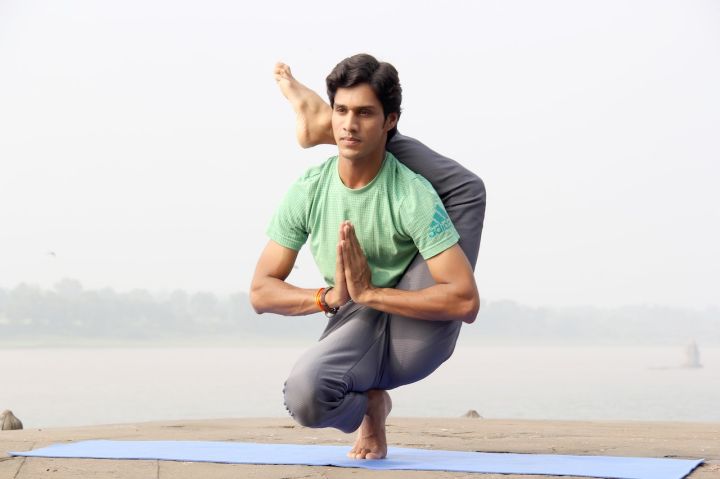Basic Knowledge Of Science: Yoga And Pilates What Is The Difference? And What Are The Specific Movements?
Basic Knowledge Of Science: Yoga And Pilates What Is The Difference? And What Are The Specific Movements?
We all know that pilates is a branch of traditional yoga, the two movements are very similar, both need to be completed on the yoga mat, are extension and stretching movements, but also have static meditation asana, so how do we actually distinguish between yoga and pilates?

The difference between yoga and pilates.
1, the place of origin is different. Yoga does not need most, its origin is ancient india, the earliest is a ritual dance, while pilates is invented by the german joseph pilates improved;.
2, exercise parts are different. Yoga as opposed to pilates high intensity, yoga exercises more buddhist, they focus on exercising the flexibility of the body, pilates prefer to enhance muscle strength, endurance, improve core strength, body strength and shaping the shape of the muscles.

3, the movement state is different. Compared with pilates, yoga movements are more static, some support asana and stretching asana are static to maintain, while pilates is different, its movements can be said to be completely dynamic, often with the help of machinery to assist practice, in layman's terms is: Pilates pay attention to the process of doing the action, while yoga pay attention to the completion of the action after the posture to maintain, using their own strength and flexibility to continue to force.
4, breathing methods are different. We have previously introduced many breathing methods, abdominal breathing, chest breathing, intercostal breathing, etc. Yoga's movement is static, which determines its breathing to be as long as possible, the need to use the chest, abdominal breathing, while pilates movement is intense, nasal suction mouth breathing fast breathing method is more suitable for it.

5. Other differences. If you analyze carefully, there are many subtle differences between them, such as yoga requires fasting training, while pilates can eat slightly, and yoga is traditional, while pilates integrates many sports elements (such as: Ballet, boxing, jiu-jitsu, etc.), here we will not repeat them all.
Below we share the specific practice steps of one pose yoga and pilates, so you can compare them carefully and see if you can find out more differences between the two.

Pilates movement - 100 times high five
Specific steps: Adjust the body supine down, bend both knees, feet on the floor, slowly inhale when lifting the size of the legs upward, maintain the size of the legs ninety degrees angle, stir straight toe tips forward, hands on both sides of the body, palms facing down, lift the body upward, slightly close the jaw, maintain the extension of the neck, inhale again, exhale when the hands quickly downward pressure, we do a minute of practice here, each time the arms downward pressure when exhaling. Bring the abdomen inward to sink, inhalation toes to the distal end to do extension, always keep the pelvis stable, navel inward to sink, to stimulate the transverse abdominal muscles, if you feel relaxed, try to let the frequency become slower, to enjoy the contraction of the abdomen in the process of exhalation.

Yoga movements - four column pose
Specific steps: Lift your hips up, bend your elbows down, come to four-column pose, stay here according to the actual situation of your body, feel relaxed and keep 3-5 sets of breath, exhale slowly, lay the back of your feet flat, send your body downward, put your hands on both sides of your chest, press down forcefully on the back of your feet, inhale to the upper dog pose, inhale deeply and long, exhale slowly, feel the uprightness of your back and the squeezing of your waist, lift your head forward and upward as much as possible. Move the cervical spine appropriately, two sets of breathing stay.
From the action we can already see that pilates movements are more dynamic, sometimes even rely on equipment to assist, the intensity is much higher than yoga, while yoga is more static posture maintenance, training the body's endurance and staying power.
